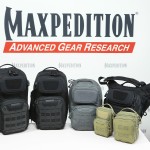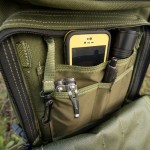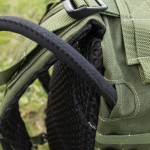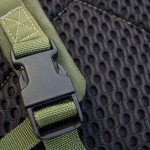Are all 7 of these essential skills in your survival inventory? Taking some time to see if you’ve safely covered all of the essential elements of survival skills.
1 – Find and Keep Clean Water Water is critical to our survival and is a top priority if you’re faced with a natural disaster or other emergency situation. While it’s a good idea to stockpile plenty of water, there’s only so much you can pack with you if you have to leave your home. Learn how to identify water sources and purify the water so it is safe to drink.
2 – Find Sustainable Food Sources Growing your own food in a garden is a great way to ensure you will be able to feed your family if the food supply is affected. If you have to leave your home, or if you need supplemental food supplies, it is essential that you are able to hunt and gather food outdoors. Hunting and fishing are excellent ways to supplement your food supply. Learn to identify edible plants and bugs to supplement your meals.
3 – Start Fire Fire-starting is one of the most important skills you can learn. Fire gives you the ability to cook food, boil water and stay warm. Make sure you include fire-starting tools in your survival kit. Learn how to build a fire in wet and dry conditions.
4 – Use First Aid Techniques Every survival kit should include first aid supplies, but they don’t do much good if you don’t know how to use them. It is important that you learn basic first aid skills such as CPR, cleaning and dressing wounds, making splints or slings and treating shock.
5 – Master Simple Sewing Many people fail to consider sewing when thinking about survival skills. However, this skill is one of the most important skills you can learn. This skill allows you to repair clothing, blankets and other fabrics that you will need to survive.
6 – Use Self-Defense Techniques In a true emergency, you may be required to defend yourself from desperate people or hungry wildlife. It will be up to you to defend yourself and your loved ones. Take self-defense classes and learn how to use a firearm. Make sure you have a quality knife in your survival kit.
7 – Develop a Survival Mentality When you’re faced with an emergency situation, it is important that you stay mentally strong. Survival training teaches you how to deal with a variety of possible scenarios so that you will be prepared when disaster strikes. With proper training and preparation, you will be ready to face any situation that may arise.
If you want to be prepared, do an inventory of your survival skills and start practicing the elements that need work.






